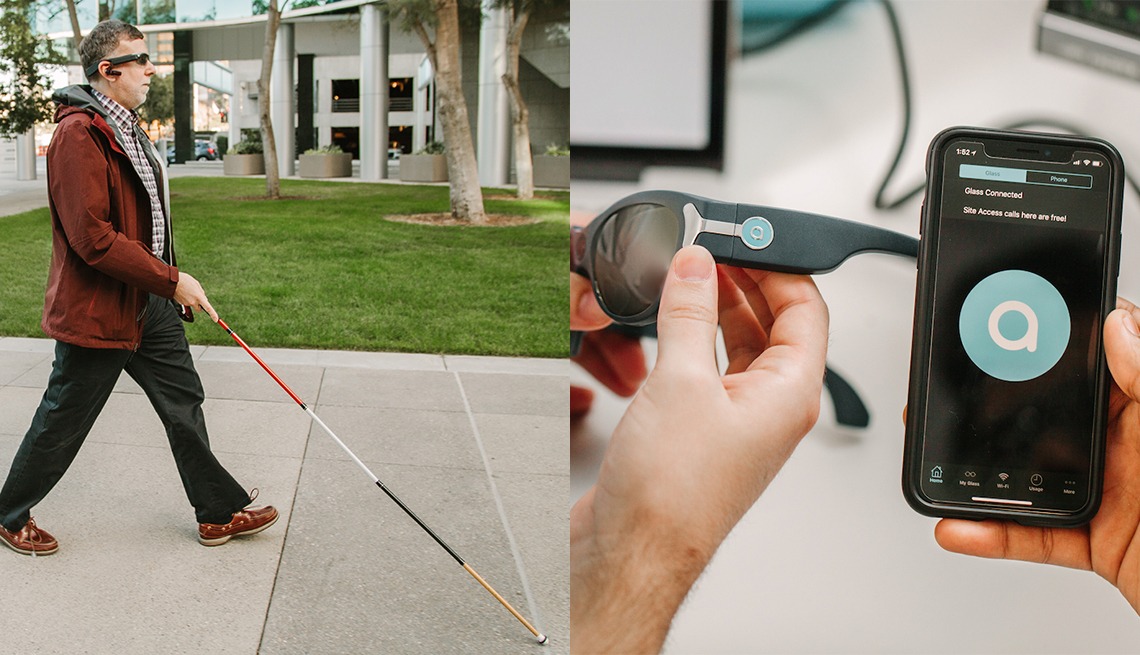Optical Character Recognition (OCR) technology has a profound impact on accessibility for individuals with visual impairments. In this article, we’ll explore how OCR is playing a vital role in making printed and digital content accessible to a wider audience.
Accessibility Challenges
For individuals with visual impairments, accessing printed and digital content can be a significant challenge. Traditional printed materials, such as books, documents, and menus, are often inaccessible in their original form. Similarly, digital content like PDFs or images may not be compatible with screen readers or other assistive technologies.
OCR as a Game Changer
OCR technology is a game changer for the visually impaired community. It enables the conversion of printed or image-based text into machine-readable text, which can be then processed by screen readers, Braille devices, and other assistive technologies.
Making Printed Materials Accessible
Libraries, educational institutions, and organizations worldwide are using OCR to convert printed books and documents into accessible formats. This process allows individuals with visual impairments to access a wide range of printed materials that were previously inaccessible.
Accessibility in the Digital World
In the digital realm, OCR is used to make websites, digital documents, and images accessible. By converting text within images or PDFs into accessible formats, individuals with visual impairments can navigate websites, read e-books, and access online content with ease.
OCR and Screen Readers
Screen readers are essential tools for individuals with visual impairments, and OCR complements their functionality.
Seamless Integration
OCR technology can be seamlessly integrated with screen reader software. When a visually impaired user encounters an image or scanned document, the screen reader can use OCR to provide an audible description of the content.
Improved Web Accessibility
OCR-equipped screen readers can also recognize text within images on websites, making web content more accessible. This includes reading text within images containing information like charts, graphs, and infographics.
OCR for Document Navigation
In addition to making content accessible, OCR aids in document navigation.
Efficient Document Search
OCR allows visually impaired individuals to perform efficient searches within documents. They can quickly find specific keywords or phrases within lengthy texts, enhancing their ability to extract information.
Ongoing Advancements
As OCR technology continues to advance, its accuracy and capabilities improve. This means even more accessible content for individuals with visual impairments.
Conclusion
OCR technology has become a vital tool in enhancing accessibility for the visually impaired. By converting printed and digital text into machine-readable formats, OCR opens up a world of information and opportunities. As OCR technology continues to evolve, we can expect even greater strides in accessibility, empowering individuals with visual impairments to access and engage with information more effectively.
